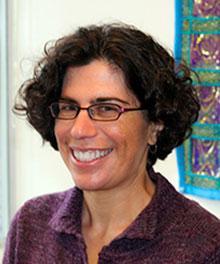
Professor, Northwestern University
CERAS Learning Hall
California adopted Common Core State Standards (CCSS) in 2010 and the Next Generation Science Standards (NGSS) in 2013. These policies put forth new visions of learning for children, requiring the development of new pedagogical approaches on the part of many teachers. Given these demands on teachers, it is likely that professional development providers will play an especially important role in implementation. We know from earlier research that professional development providers are an important part of the policy implementation process, shaping what and how teachers learn about new policy demands. In the US, professional development is distributed across a large range of governmental, non-profit and for-profit actors. However, we know little about how these different actors interact with one another. How are district actors connected with outside providers? How are outside providers connected to one another? How does the charter sector fit in? That is, we know little about this aspect of the social structure of policy implementation.
Our study draws on institutional theory and social network analysis to uncover the social structure of policy implementation in mathematics and science in the Bay Area of California. In this talk, we provide a descriptive analysis of the configuration of the professional development networks in mathematics and science, highlighting important differences in the composition of actors, degree of connectedness, and degree of centralized power. We highlight the way that district actors are differently positioned in both networks compared with actors from charter management organizations. We draw on in-depth interviews with professional development providers from a range of different organizations to explain these differences. We draw implications for policy implementation.